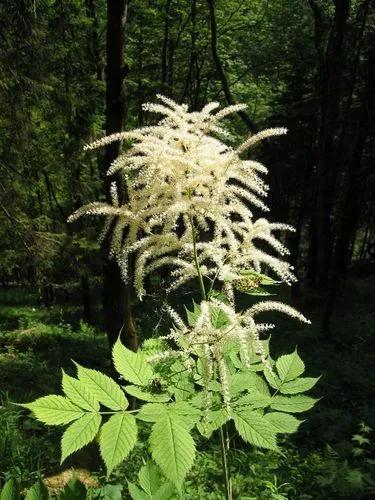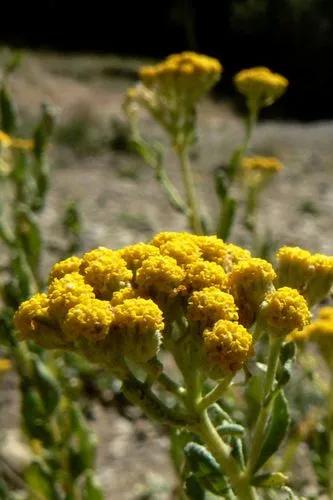Styrax americanus, the American snowbell or mock-orange, is a plant species native to the southeastern United States and the Ohio Valley. It has been reported from Texas and Florida to Virginia and Missouri. It generally grows in swamps and on floodplains and in other wet locations. Styrax americanus is a shrub or small tree up to 5 m (17 feet) tall. Leaves are elliptic to ovate, up to 10 cm (4 inches) long. Flowers are borne in the axils of some of the leaves.
American Snowbell Care
Styrax Americanus



Styrax americanus, commonly called American snowbell, is a deciduous shrub or small tree that typically grows to 6-10' (less frequently to 15') tall. It is a wetland species that is native to wet woods, swamps, marsh peripheries, floodplains and stream banks, sometimes growing in standing water, primarily in the southeastern U. S. from Florida to eastern Texas north along the coastal plain to Virginia and up the Mississippi valley to southeastern Missouri and further up the Ohio valley to southern Illinois and southern Indiana. Shrubs in Missouri typically occur in bald cypress/tupelo swamps and wet woods in the far southeastern bootheel region. American snowbell is particularly noted for its showy, bell-shaped, pendulous, mildly fragrant, white flowers (to 1/2" long) which bloom April to early June, singly or in clusters of 1-4, from the leaf axils or stem ends. Each flower has five reflexed petals. Flowers give way to hairy subglobose fruits (1/3" long) which mature to grayish brown in fall. Elliptic to ovate dark green leaves (to 3" long) are mostly hairless with few if any marginal teeth. American snowbell is a host plant for promethea moth (Callosamia promethea). Genus name comes from the classical Greek name derived from a Semitic name for these resin producing plants. Specific epithet is in reference to the U.S. habitat for American snowbell.
How to Care for the Plant

Popularity

27 people already have this plant 5 people have added this plant to their wishlists
Discover more plants with the list below
Popular articles






